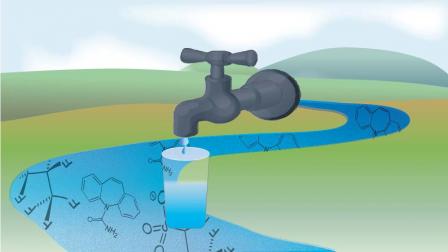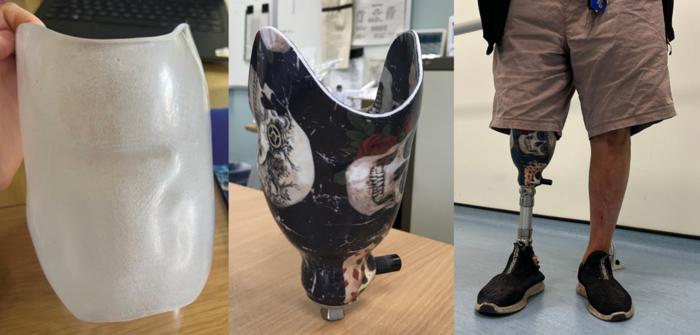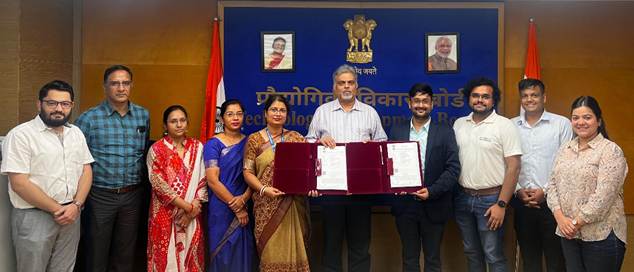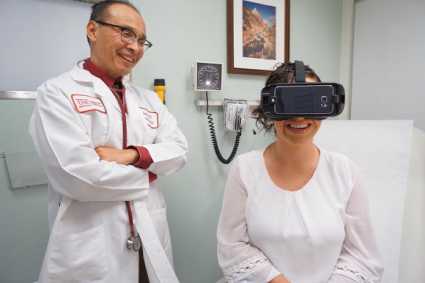The prevalence of sleep disorders, like sleep apnea, is on the rise worldwide, but current protocols to conduct clinically accepted assessments are expensive and inconvenient.
Georgia Tech researchers have created a wearable device to accurately measure obstructive sleep apnea — when the body repeatedly stops and restarts breathing for a period — as well as the quality of sleep people get when they are at rest.
Under conventional methods, people who are suspected of having some sleep issue or disorder must go to a medical facility, where they are monitored overnight and tethered to a series of wired probes that record brain, eye, and muscle activity.
The wearable sleep monitor patch developed by a team of researchers and clinicians, led by W. Hong Yeo, an associate professor and Woodruff Faculty Fellow in Georgia Tech’s George W. Woodruff School of Mechanical Engineering, is made of silicone and fits over the forehead, with a second, smaller silicone attachment that molds to the chin.
“A lot of people have this disorder, but they don’t know it because it’s very hard to diagnose right now,” Yeo said. “Current smartphone apps don’t capture the specific data doctors and clinicians study to determine if a patient has apnea, rendering them useless.”
Conventional existing sleep testing is occurring in sleep labs because of device limitations. This at-home wearable device could be the alternative to the more expensive medical procedures at sleep labs.
Yeo and his team, which included researchers from across Georgia Tech, Emory University School of Medicine, the University of Texas at Austin, the Icahn School of Medicine at Mount Sinai in New York, the Korea Institute of Materials Science, and the Korea Advanced Institute of Science and Technology, reported their findings in Science Advances in May.
Using artificial intelligence and machine learning, the technology behind the wearable device records the data to give a sleep score that determines if the patient has sleep apnea or if they are getting enough quality sleep.
What’s more, the technology Yeo and his team developed, and the machine learning algorithms used, can predict the likelihood that a person who doesn’t show any symptoms of sleep apnea will develop it at some point.
– Eurekalert







